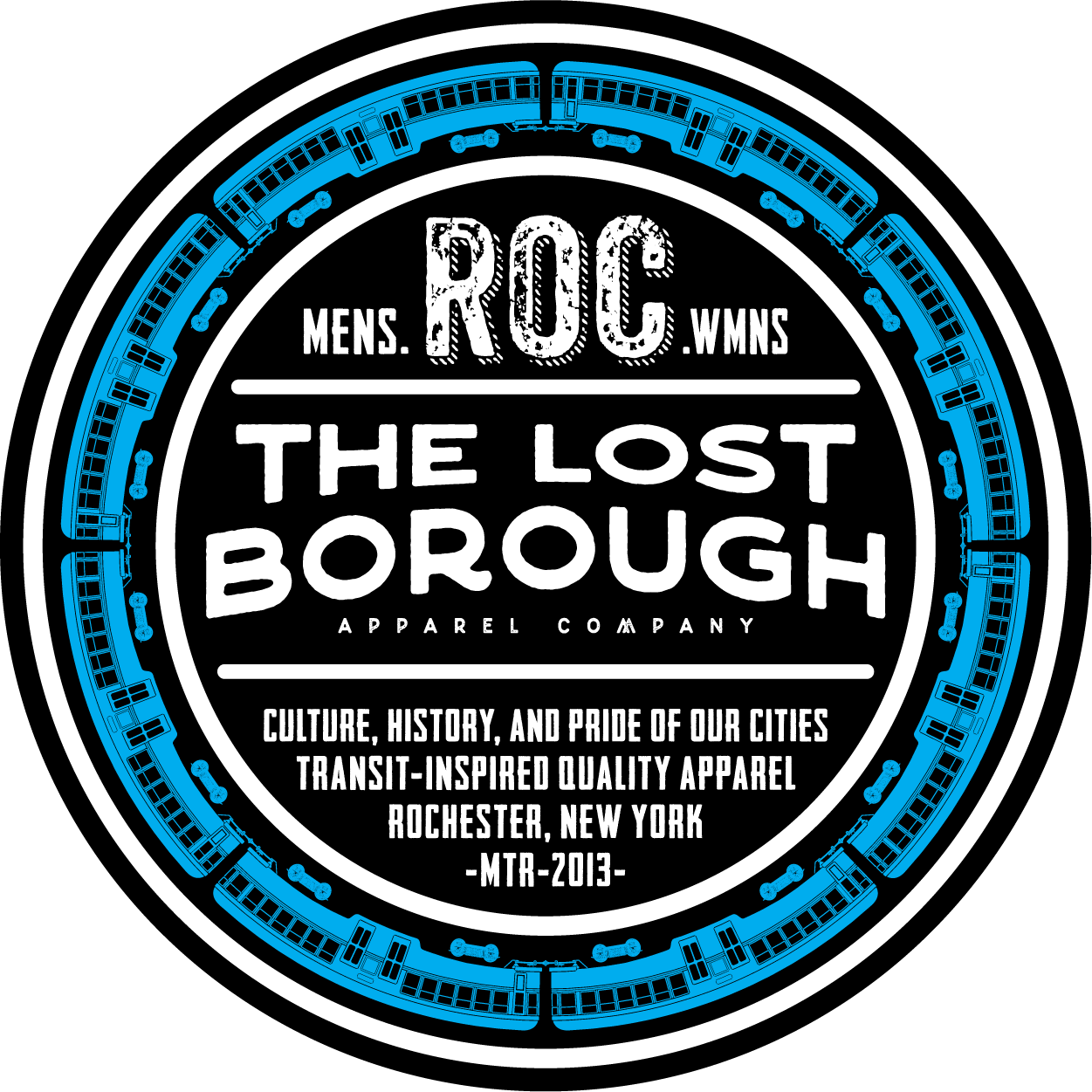Charlotte
Charlotte
Shortly after Oliver Phelps and Nathaniel Gorham’s purchase of the Mill Yard Tract (the first official act of white settlement in the Genesee Valley), much of that land was purchased by the Pulteney Association, a group of Scottish investors interested in American real estate. In 1792, an agent of that association, Robert Troup (King’s College roommate to Alexander Hamilton) laid out a town on the western bank of the Genesee River’s mouth into Lake Ontario. Christened Charlottesburgh, the agent named the town in honour of his daughter.
Trade on the lake grew quickly, earning the eye of the federal government, with President Thomas Jefferson establishing the Port of Genesee in 1806. Unfortunately, the prosperity was short-lived, as the trade disputes between the USA, Great Britain, and France soured into War that broke out in 1812. Charlotte’s vulnerability as a major shipping port was temporarily strengthened by moving the port down river to the settlement of Carthage. Great Britain attacked multiple times against the Charlotte community but were never able to make ground and push onto land. Trade grew rapidly after the war concluded, and a stone lighthouse was built in 1821 to protect ships against the shoreline. This lighthouse remains the oldest federal structure in the region and still operates, being officially listed as Light #2333 in the US Coast Guard Light List.
Charlotte’s fortune shifted again when the little settlement of Rochesterville merged with Frankfort to become an incorporated town in 1834, consolidating much of the region’s commerce with flour mills and production, along with the building of the Erie Canal to move goods and people through New York faster than ever before. After the Civil War, Charlotte reinvented itself into a resort town as city folk and visitors took pleasure cruises along the lake and travelled by electric streetcar to enjoy the beach and breeze. Charlotte would eventually be annexed by the city of Rochester in 1916, giving the city a port and formal presence on Lake Ontario. One year prior, President Wilson signed into law the creation of the United States Coast Guard, which formalized the previous Life Saving Service that Charlotte played host to. The current station was built in 1939, with a long history of its own, and is memorialized in the accent color of the design. Today Charlotte offers the same welcoming atmosphere it did when Robert Troup first laid out the town plan: cool breezes, warm sun, gentle waves, and relaxation. The residents of Charlotte also still maintain a level of independence that other neighborhoods lack: usually when asked where they live, they’ll save Charlotte first, and Rochester second.
Rochester's long stretching network of trolley routes serviced the far reaches of the city; The 100 line of Lake Ave and Monroe started in the suburb of Brighton, and traveled east through Center City, switching north to end in the coastal community of Charlotte.
Unisex Cut:
Shirt Color: Heather Lake Blue
Shirt Type: 50/50 Poly-Cotton Athletic Fit T-Shirt







